14 Animals You’d Never Guess Are Poisonous (But They Are)
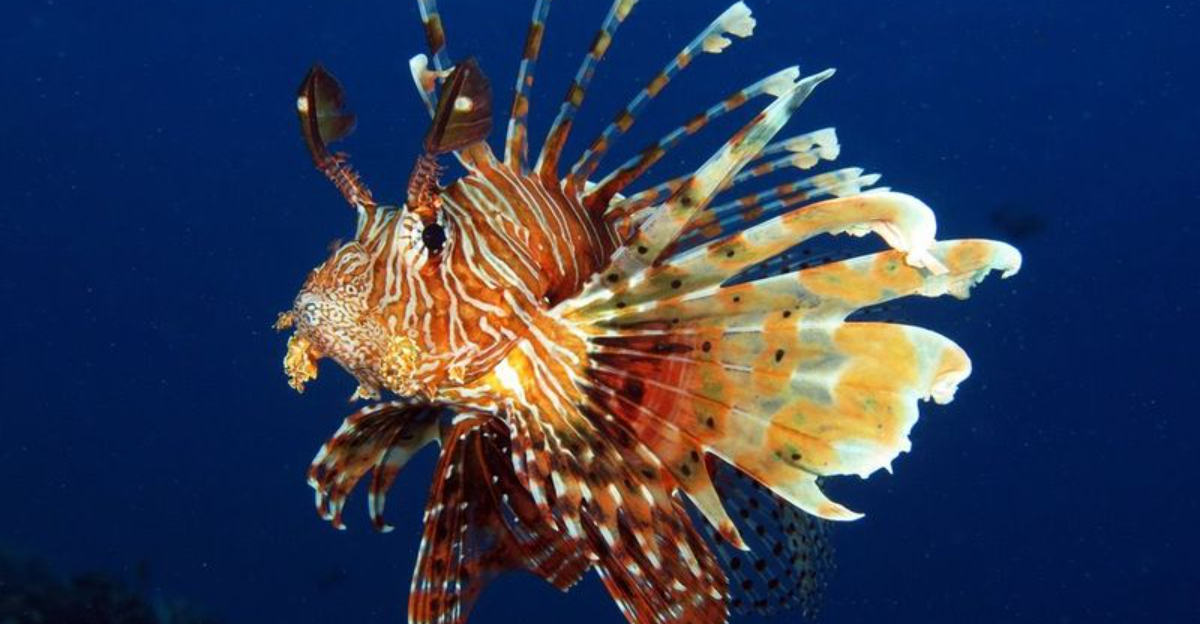
Nature has a way of surprising us with unexpected dangers lurking in the most innocent-looking creatures. While we all know to steer clear of rattlesnakes and scorpions, some animals hide their toxic secrets behind adorable faces or ordinary appearances.
From cute fuzzy mammals to common backyard critters, these animals pack a poisonous punch that most people never see coming.
1. Slow Loris: Cute Face, Toxic Embrace

Those big eyes and fuzzy coat hide a sinister secret. These adorable primates secrete toxins from glands near their elbows, which they lick and mix with saliva to create a venomous bite.
Their poison can cause painful swelling, and in rare cases, even anaphylactic shock in humans. Despite their slow movements, they’re quick to defend themselves when threatened.
2. Platypus: The Ankle-Stabbing Oddball
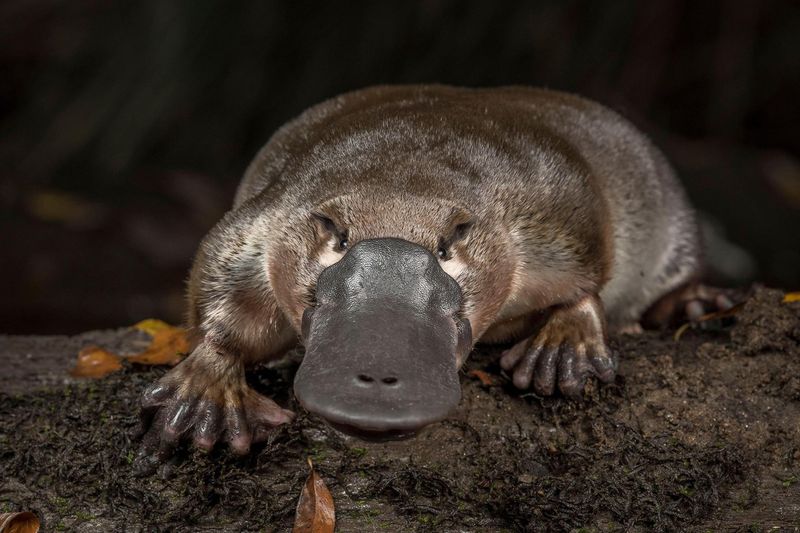
Already weird with its duck bill and beaver tail, male platypuses pack another surprise: venomous spurs on their hind legs. During breeding season, they become living weapons.
The venom causes excruciating pain that can last for months and doesn’t respond well to conventional painkillers. Thankfully, they only use this defense against rival males or perceived threats.
3. Hedgehogs: Spiky And Slightly Toxic

Behind those adorable snouts lies an unusual defense mechanism. Hedgehogs deliberately coat their spines with toxic substances from plants or toads, creating a double-defense system against predators.
They chew these toxins and spread the frothy mixture across their quills. While not dangerous to humans handling them briefly, this self-anointing behavior shows nature’s clever adaptation.
4. Blue-Ringed Octopus: Tiny Terror Of Tide Pools
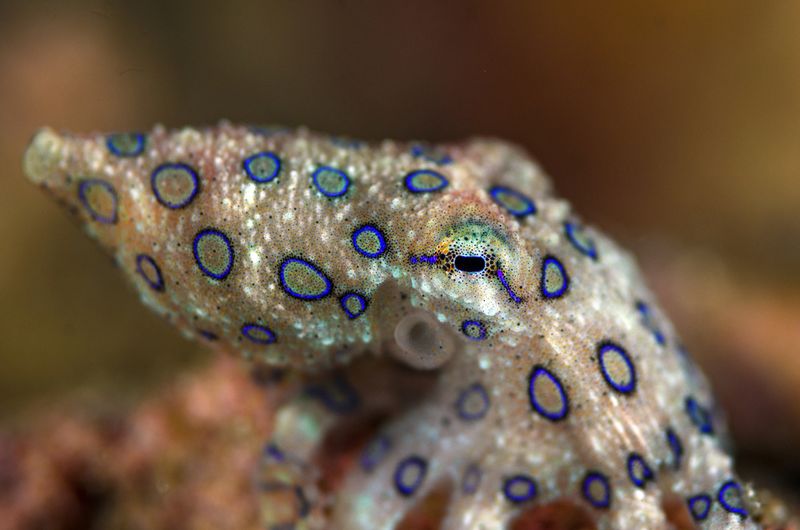
No bigger than a golf ball, this pint-sized predator packs enough venom to kill 26 adults in minutes. The bright blue rings only appear when it’s agitated – a warning most victims notice too late.
Its venom causes muscle paralysis so complete that victims remain conscious but unable to breathe. Despite this fatal arsenal, these octopuses are shy and only bite when handled.
5. Hooded Pitohui: The Toxic Songbird
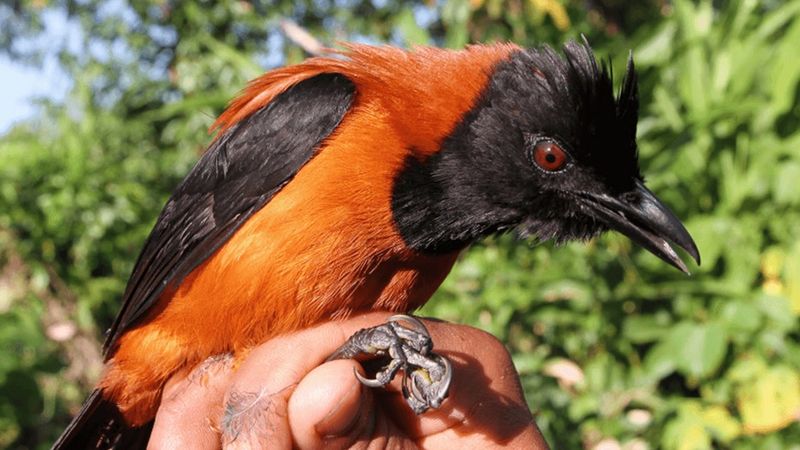
Imagine picking up a colorful bird only to have your hands go numb! This Papua New Guinea songbird’s feathers and skin contain powerful neurotoxins similar to those found in poison dart frogs.
Local hunters call them “rubbish birds” because they’re inedible. Scientists believe they acquire these toxins from the beetles they eat, storing the chemicals as protection against predators.
6. Siberian Salamanders: Frozen Poisoners
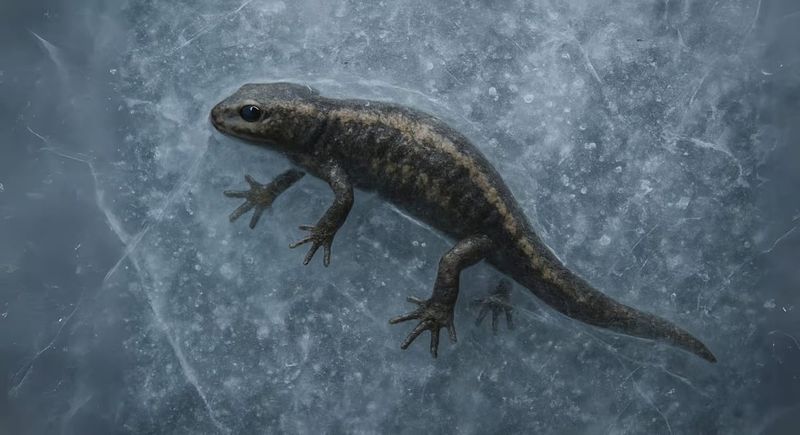
These hardy amphibians can survive being frozen solid for years, but that’s not their only superpower. Their skin secretes potent neurotoxins that can cause muscle paralysis and respiratory problems.
Indigenous Siberian peoples once used their poison for arrow tips. Even more impressive, these salamanders retain their toxicity even while frozen, making them dangerous year-round.
7. Pufferfish: The Deadly Delicacy

Considered a delicacy in Japan as “fugu,” these balloon-like fish contain tetrodotoxin – 1,200 times more fatal than cyanide. One fish has enough poison to kill 30 adults.
Only specially licensed chefs can prepare them after years of training. The toxin causes numbness, paralysis, and death through respiratory failure, yet the thrill of the potential danger keeps diners coming back.
8. Hawksbill Sea Turtles: Toxic Shells Of The Sea

Famous for their beautiful shells used in “tortoiseshell” products, these endangered sea turtles harbor a surprising secret. Their flesh becomes toxic from the poisonous sea sponges they consume.
People who eat their meat can experience severe vomiting, diarrhea, and hallucinations. This toxicity likely evolved as a defense mechanism, though it hasn’t protected them from human exploitation for their shells.
9. European Starlings: Poisonous Pest Control

Flocking in spectacular murmurations across the sky, these common birds have an unexpected toxic trick. During breeding season, they incorporate toxic plants into their nests to control parasites.
These natural insecticides protect their vulnerable chicks from mites and other pests. The birds somehow remain immune to the toxins that would harm other species, demonstrating their remarkable adaptive abilities.
10. Red-Spotted Newts: Bright Warning Colors Don’t Lie

Their vibrant orange juvenile stage (called “red efts”) isn’t just for show – it’s a warning. These common North American amphibians produce tetrodotoxin, the same deadly compound found in pufferfish.
While not lethal to humans, handling them can cause skin irritation. Predators learn quickly that these bright creatures taste terrible and can cause numbness, making this toxin an effective evolutionary strategy.
11. Common Toads: Garden Defenders With Toxic Glands
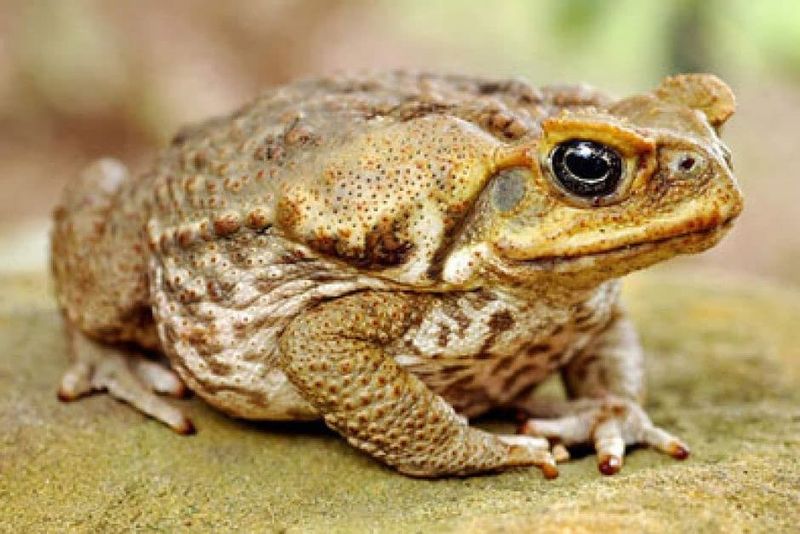
Bumpy backyard visitors that many children try to catch harbor potent defensive chemicals. The large parotoid glands behind their eyes secrete bufotoxins that can cause extreme irritation, nausea, and irregular heartbeats.
Dogs that mouth or eat toads often need emergency veterinary care. These toxins have even been used in traditional medicines and arrow poisons by various cultures throughout history.
12. Millipedes: Chemical Warfare Specialists
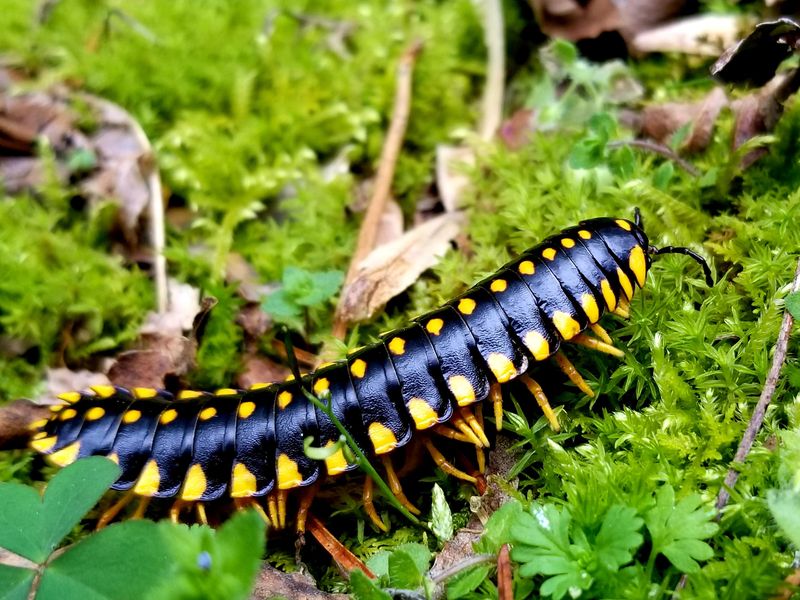
Step on one and you’ll get more than a crunch. Many millipede species produce hydrogen cyanide, formaldehyde, and other toxic compounds when threatened.
These chemicals can cause painful burns and blisters on human skin. Some forest-dwelling tribes in Papua New Guinea even use millipede secretions as natural insect repellents, rubbing the defensive fluids on their skin.
13. Shrews: Tiny Mammals With Venomous Saliva
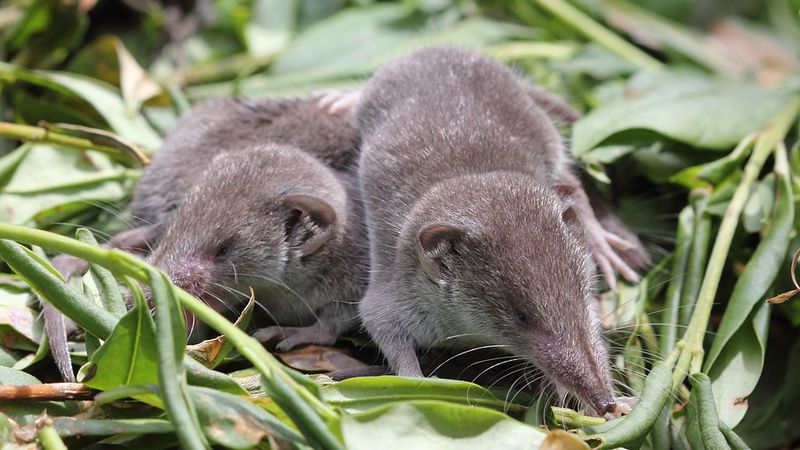
Resembling mice but actually related to moles, several shrew species have evolved venomous saliva that paralyzes prey. Their grooved teeth deliver neurotoxins that immobilize insects, worms, and even small vertebrates.
Human bites cause pain and swelling similar to a mild bee sting. These tiny predators need to eat constantly to fuel their lightning-fast metabolism, making their venom an essential hunting tool.
14. Lionfish: Beautiful Invaders With Venomous Spines
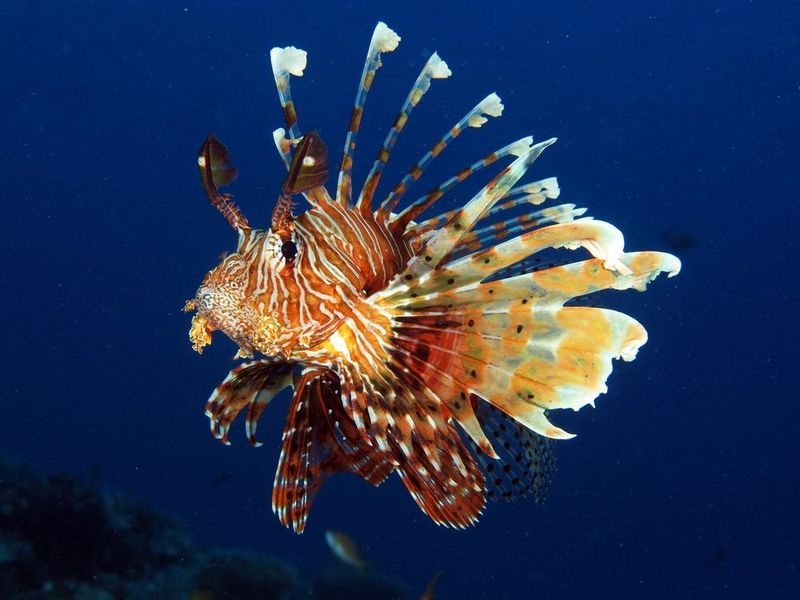
Striped like tigers and armed like porcupines, these stunning reef fish pack a painful punch. Their elegant, fan-like fins conceal venomous spines that cause extreme pain, swelling, and sometimes breathing difficulties.
Originally from the Indo-Pacific, they’ve become invasive terrors in Atlantic waters. The good news? Their venomous spines don’t affect their delicious meat, making them a target for conservation-minded diners.






